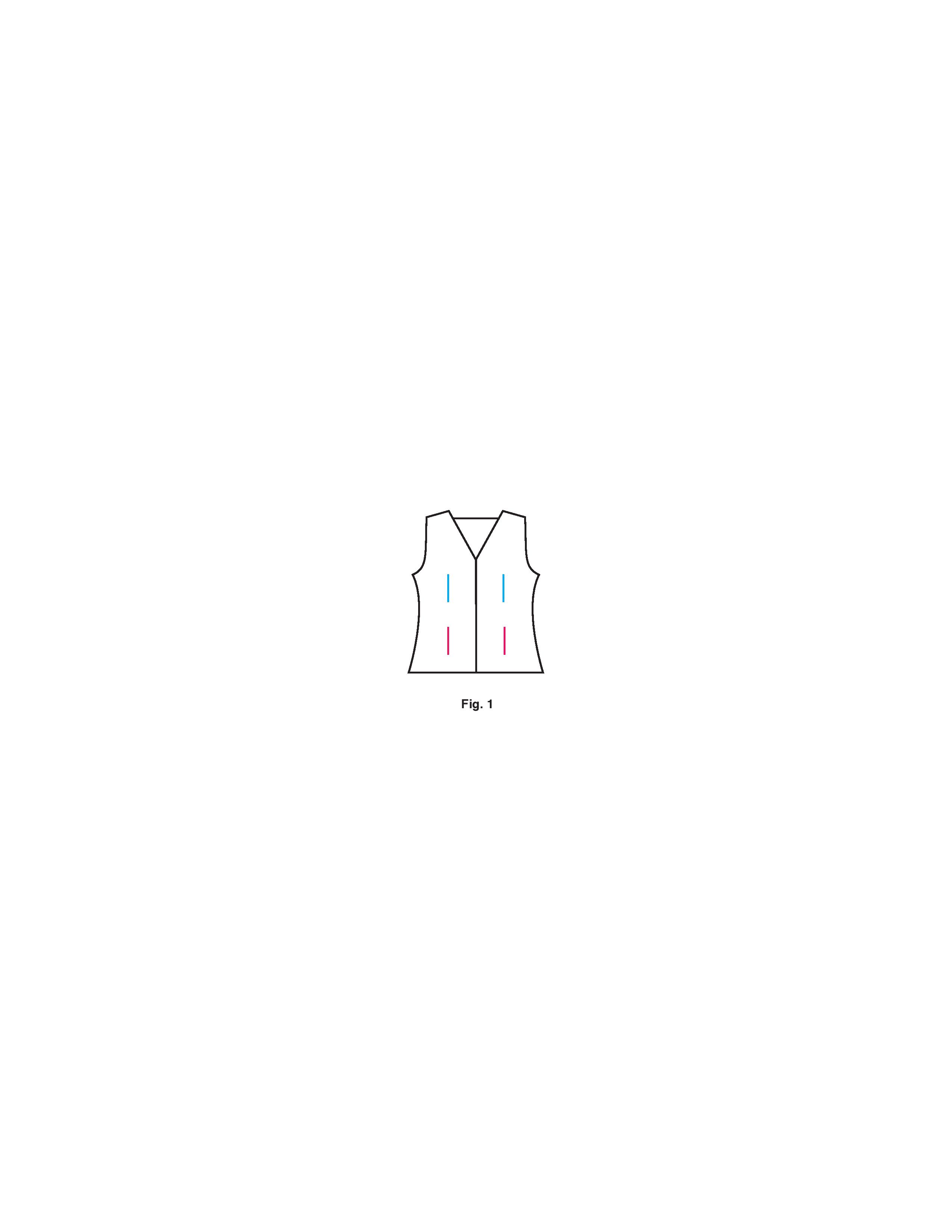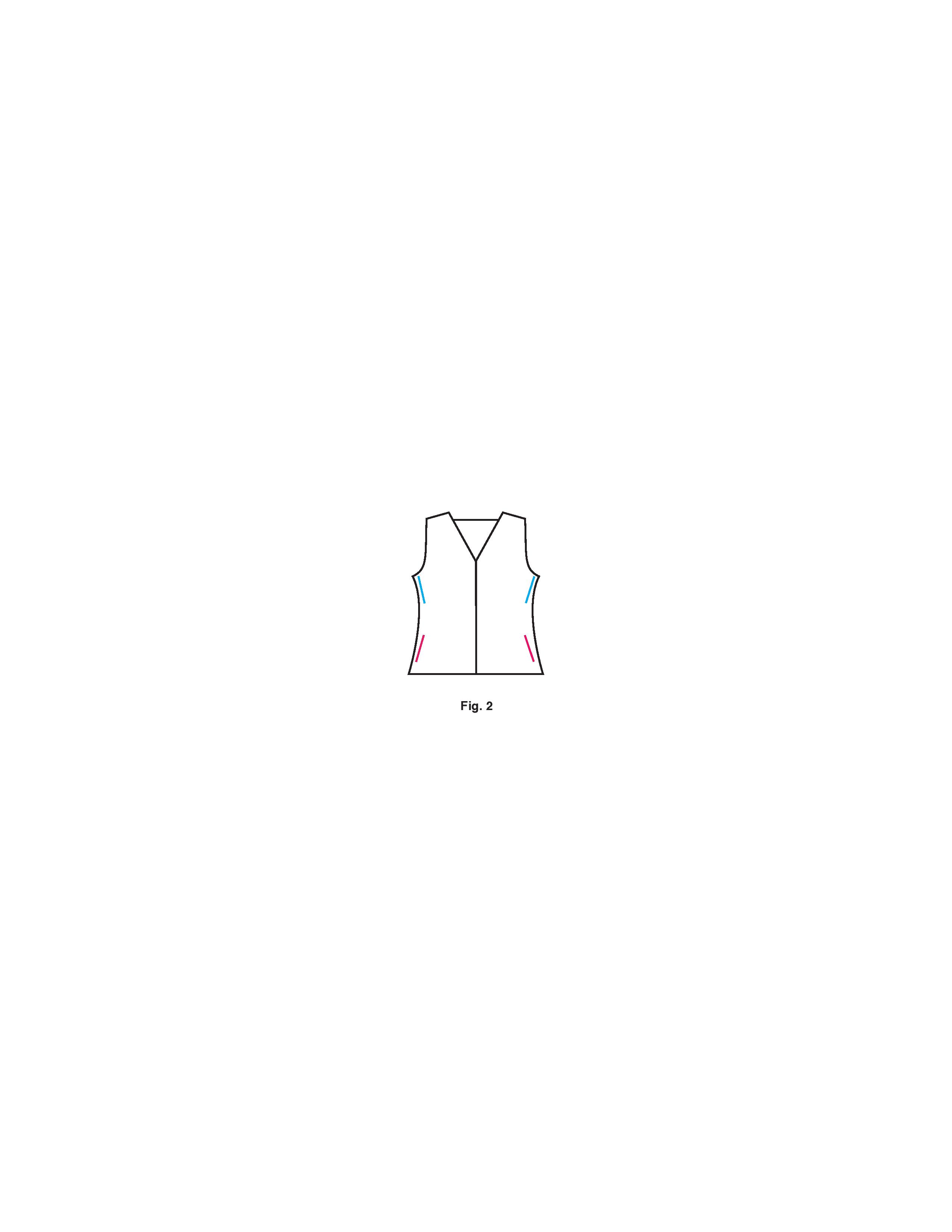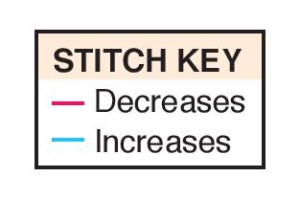Many are blessed with hour-glass-shaped bodies. Therefore, almost anything worn looks nice and beautiful. The rest of us do not have that perfect body due to genetics or childbirth, etc. Are we doomed to always wearing oversized baggy clothes to cover it up? Of course not— we can always create the illusion of a waist and wear the clothes we like.
Knitting Garments that Fit
If you look at any fashion magazine or designer runways, you will notice that most garments are fitted and have a tight waist area. These waists are created by using either a belt or vertical darts. For those of us with not-so-perfect bodies, wearing a belt is out of the question. We should look into garments that use vertical darts. This is in the woven-fabric world. The question is: Can we use the same technique for our knitted tops? The answer is a definite yes.
We can create a fitted look by using increases and decreases in our arsenal to produce the same effect tailors create with vertical darts for their fitted garments. As you can see in the openwork top in Alluring Lace on the facing page, I have used decreases and increases in the waist area to create the same effect. I have placed these decreases and increases right next to the lace panel and have hidden them behind the purl stitches (Fig. 1). The result is a fitted, beautiful top that can be flattering for all of us.
Another area where increases and decreases may be placed is at the side edges. It is preferred to work these decreases and increases one stitch in from the edge, so that you will have a nice edge stitch for sewing the seams (Fig. 2). With this technique, the darts will be hidden in the side seams and are not visible in the front and back. This works well when you do not want to disrupt the stitch pattern in the front and back.
Some garments have an allover pattern that would not allow you to do any increases or decreases. In this situation, there is another way of knitting garments that fit and flatter. Knit as the pattern is written until you are close to the waistline. Then, switch to a smaller needle. Knit a couple of inches with smaller needles, and then go back to the original-size needles. You will have a nice waistline without disrupting the pattern. Remember, too, the importance of gauge.
Considering that the knitted fabric is stretchy, the waistline we create in knitting would not be as tight and sometimes uncomfortable as woven fabric, which is another advantage of our wonderful art.
Now take a look at the patterns you like. Choose the ones that can have the fitted look. Create a fashionable garment using these techniques and wear it proudly! ■
By NAZANIN F. FARD









